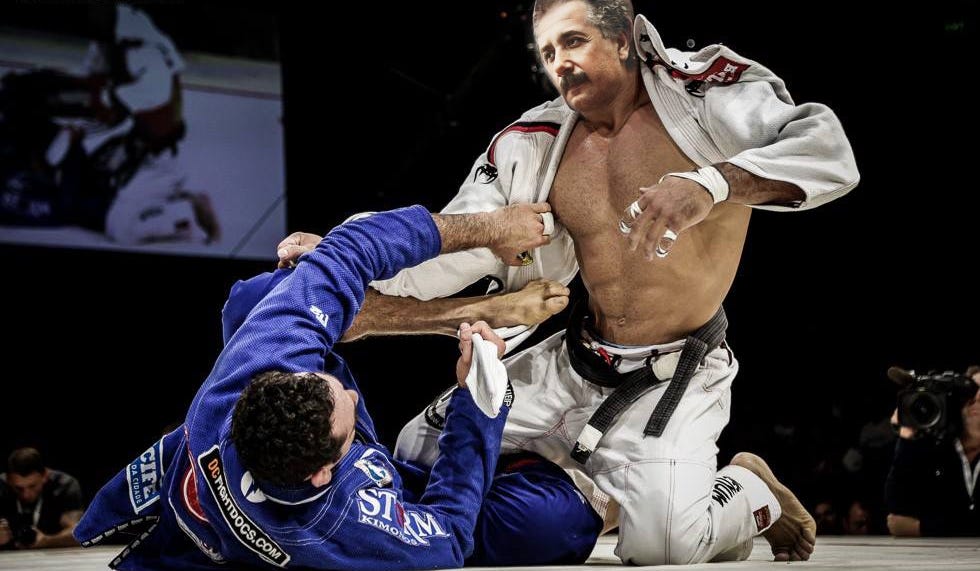
Complex movement patterns are often taught by an observational means through demonstration. I would like to discuss when, where, and how observational instruction is efficacious, and how it might be fused with other teaching strategies to yield optimal outcomes.
Williams and Hodges (2005) told us that demonstration is best suited for outcome goals with movement sequences that are heavily dependent upon each other. Magill (2011) also supports this notion by stating that as the organization of a movement pattern increases, so does the interdependence between movements. Thus if a highly organized, heavily interdependent movement pattern must be learned, a demonstration would be an appropriate starting point.

In Brazilian Jiu Jitsu, movements are highly technical with small margins of error. The fireman’s carry (please see the link below for the video) is a takedown whereby a person “shoots” in under the opponent causing the opponent to effectively topple over the person’s shoulder. Many components of the takedown are interdependent, and some others are not. A justification can be made for the demonstration, as well as allowing the student to engage in problem solving to “work out the bugs” (Williams & Hodges, 2005). Problem solving is important because there is a greater chance that the student will be able to have positive transfer to game situations (Magill, 2011). In this instance, there is value in amalgamating both approaches.
A suggestion with placement of the two aforementioned modalities is to briefly show the fireman’s carry in its entirety at normal speed, emphasizing the outcome goal of taking the person down. Next, the student could try the movement with the understanding that the outcome goal would be to topple the opponent over the shoulder. This would allow a general understanding of the concept (i.e., through demonstration) to be presented. Then the student could engage in the movement and learn through trial-and-error. This would also allow the student to discover which movement components can be adapted and changed, and which others should remain consistent through practice. In the early stages of learning however, it would also be wise to use prescriptive feedback, especially when the student becomes confused about key components of the movement that are interdependent. It is also important however, to use feedback sparingly to avoid dependency in later stages of learning (Magill, 2011).
Demonstrations can be a beneficial modality if the action goal’s components are interdependent. However, if they are not, it may be better to allow the student to know the outcome goal and work through the movement patterns in a trial-and-error approach with a judicious application of augmented feedback.
References
Magill, R. A. (2011). Motor learning and control: Concepts and applications (9th ed.). New York: McGraw-Hill.
Williams, A. M., & Hodges, N. J. (2005). Practice, instruction and skill acquisition in soccer: Challenging tradition. Journal of Sports Sciences, 23(6), 637-650.
-Michael McIsaac
